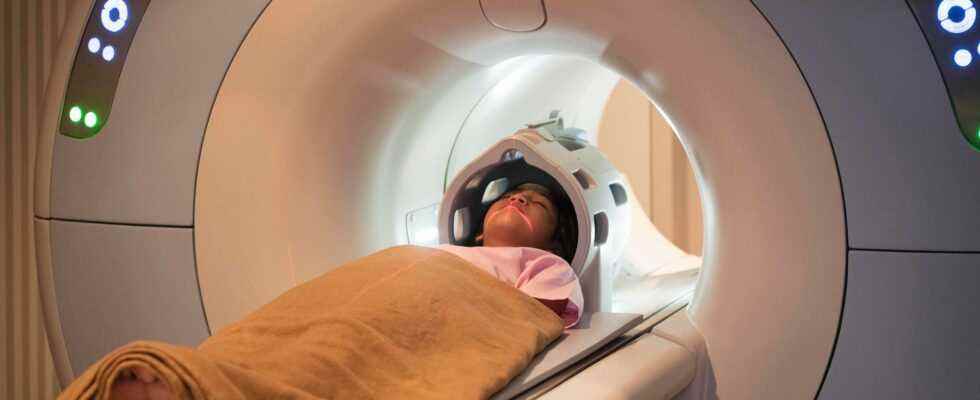The brain’s “language network” works in a similar way, even with very different languages. A working group led by Saima Malik-Moraleda from the Massachusetts Institute of Technology in Cambridge came to this conclusion using functional magnetic resonance imaging (fMRI) on 86 speakers of 45 languages from 12 language families. As the team reports in »Nature Neuroscience«, hearing speech involves almost the same brain regions everywhere. This supports the notion that all languages are based on the same universal “circuitry” in the brain.
The working group compared the brain scans obtained when listening to an excerpt of Alice in Wonderland in one’s own language with those obtained when the language was garbled or unintelligible. The team also looked at how the brain compared to complex spatial working memory or arithmetic tasks. According to this, there is a group of areas in the left hemisphere of the brain that react selectively to spoken, understandable language – regardless of which language it is.
With one or two test subjects per language, the study does not allow any more precise statements to be made about how the brain processes the spoken word in detail. In addition, the Indo-European languages, which are predominantly examined in such studies anyway, make up 31 of the 45 languages analyzed in this evaluation, so that the data set is not as diverse as it first sounds. The experts involved point out that the essential statements of the study can be verified across all language families. And there is the possibility, at least theoretically, that multilingualism generates its own typical neural pattern – all subjects were at least bilingual.
